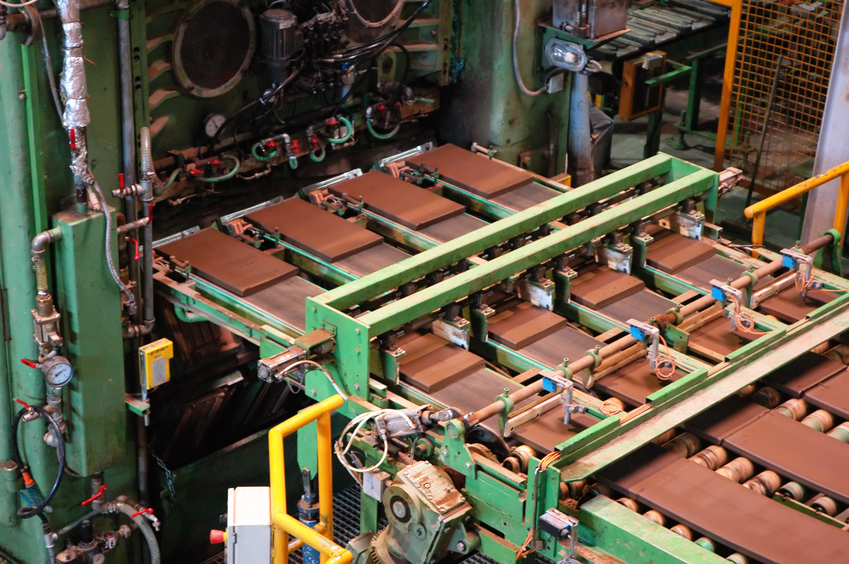Ceramic is as old as the world. It has been manufactured and used for thousands of years. The ancient Greeks and Romans were crazy about it. Ceramic is found in every corner of the world.
Clay is the first material used to manufacture ceramic. It is baked at very high temperatures. Clay is abundant in nature, even if manufacturers have been using it for ages. From this aspect, ceramic is definitely an ecological material.
On top of that, ceramic is extremely durable once it is placed on the floor or walls. It can last for almost half a century. And it requires little maintenance, which in itself is a distinguishing feature of a sustainable material.

The surface of ceramic is often vitreous, which means that there is no risk of toxic substances spreading in the air of a home. Even better: more and more manufacturers are resorting to recycled material, such as glass, to manufacture ceramic.
Is ceramic ecological. Not quite.
Plant manufacturing is highly polluting, except for producers that do large scale recycling. The ideal material is the one that undergoes the least transformations possible.

In addition, engineered products often come from other countries. They have to be shipped and we all know that shipping is one of the three main producers of greenhouse gas (GHG). It’s also a heavy product to ship, which leads to increased consumption of hydrocarbons, resulting in more GHG. Lastly, ceramic is hard to recycle. When it is buried, it takes several hundred years to decompose.
In short, although ceramic is greener than aluminium and steel, it lags far behind wood, stone or lime.
What’s the conclusion?
According to Ginette Dupuy, the author of Habitat sain et écologique, which is our main source for this article, ceramic still passes the test. That means that the advantages outweigh the disadvantages. But we could make ceramic even greener by being more eco-responsible, says Ms. Dupuy.
As much as possible, it would be wise to opt for glass based recycled ceramic, manufactured in a nearby plant. Grout, adhesives and sealing products are all required for laying ceramic, but why not choose products that contain little VOC (volatile organic compound)? Be careful when choosing ceramic for the kitchen work surface, including countertops: you want lead-free ceramic.

We have no control over the fact that ceramic is hard to recycle, but like we have written many times, the industry has no choice but to adapt to the demands of consumers if they want to sell their products. The industry will have to find ways to recycle ceramic. Maybe it’s already found some.
Reference
Habitat sain et écologique, Ginette Dupuy, les éditions Quebecor, 2011, 291 pages
Photos: istock.com
